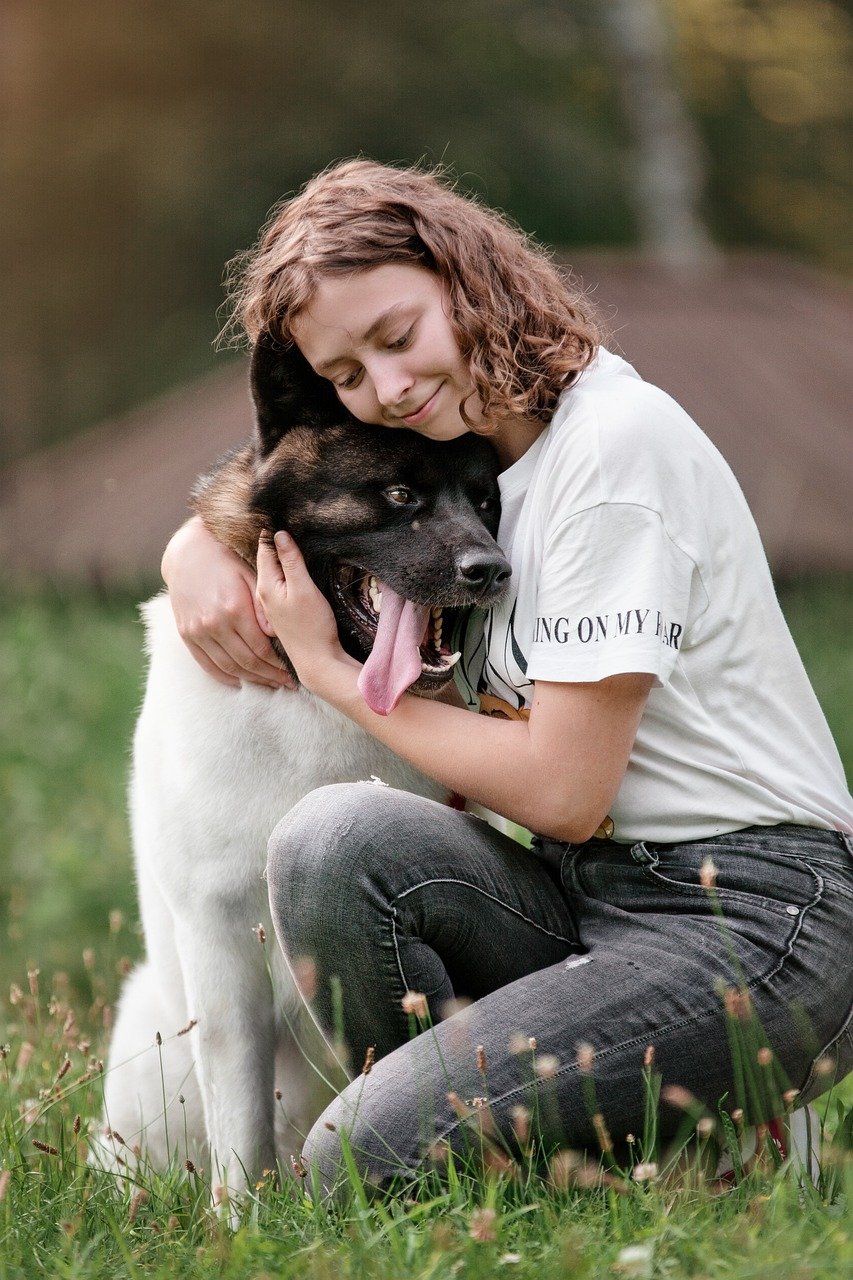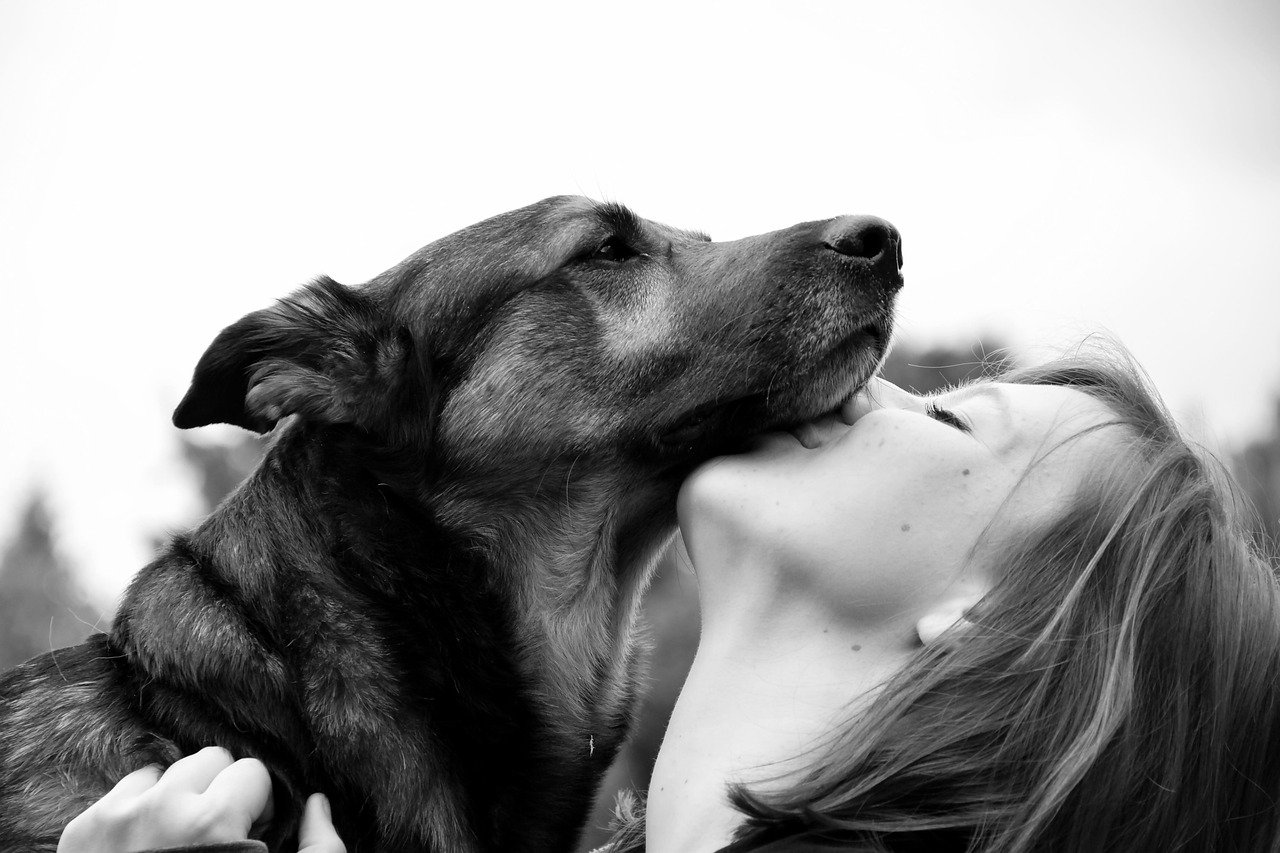Have you ever felt that gentle, unexpected nudge from your dog and wondered, “What are they really trying to say?” It’s easy to brush it off as just another cute doggy habit, but the truth is, those little nudges carry a world of meaning. For countless dog lovers, a nudge is a heartwarming sign of affection, but beneath the surface, it’s so much more. Dogs are masters of subtle communication, and every nudge can speak volumes about their feelings, needs, and unique personalities. Let’s take a closer look at why your dog’s nudge is far more than a simple greeting—and why paying attention to it can deepen the bond you share.
The Language of Touch: How Dogs Communicate Without Words
That gentle nudge from your dog—whether it’s a nose to your hand, arm, or even your leg—is more than just a casual greeting. It’s a subtle yet meaningful form of communication that speaks volumes about your dog’s needs, emotions, and connection to you. Far from random, these little bumps are your pup’s way of saying “I’m here,” “I trust you,” or even “Pay attention, something matters.”
Dogs don’t have the luxury of using words, so they rely heavily on body language to express themselves. A nudge might seem simple, but it’s actually one of their most direct ways to get your attention. Just like a child tugging at your sleeve, a dog’s nudge can mean, “Hey, look at me!” or “I need something.” Touch is their universal language, allowing them to convey feelings of love, curiosity, or even concern. When your dog nudges you, it’s their way of reaching out and initiating a conversation. This gentle gesture can also be a sign of trust, showing they feel safe and connected to you. It’s amazing how much a single nudge can communicate when you start to notice the patterns.
Seeking Comfort: When Nudges Mean “I Need You”

Sometimes, a nudge is more than just a playful poke—it’s a heartfelt plea for comfort. Dogs, much like humans, can feel anxious, scared, or overwhelmed, especially during thunderstorms, fireworks, or unfamiliar situations. In those moments, a nudge can be their way of saying, “I need reassurance.” They might press their nose against your hand or leg, seeking the warmth and safety only you can provide. This simple act is a reminder that your presence is their safe haven. Understanding these moments can help you offer the comfort your dog needs, deepening the trust and love you share.
Attention, Please! The Honest Request Behind Every Nudge
Is your dog nudging you while you’re scrolling through your phone or watching TV? That’s their polite way of asking for your attention. Dogs crave interaction, whether it’s a belly rub, a game of fetch, or just some eye contact. When they nudge you, they’re saying, “Don’t forget about me!” It’s endearing, but it’s also a gentle reminder to be present. Ignoring these requests can sometimes lead to more persistent behavior, as dogs are determined communicators. Acknowledging their nudge with a smile or a pet can make their day—and yours—a little brighter.
“Let’s Play!”: Nudges as Invitations to Fun
For many dogs, a nudge is the gateway to fun. When your furry friend nudges you with a wagging tail and sparkling eyes, they’re usually inviting you to join their world of play. Whether it’s bringing you their favorite toy or nudging your hand towards the leash, they’re saying, “Let’s do something exciting together!” Play is crucial for a dog’s happiness and well-being, and these nudges are their creative way of making sure you’re involved. Responding to these playful cues not only strengthens your bond but also keeps your dog healthy and engaged.
Food and Treats: The Subtle Art of Begging
Most dog owners know that look—the one that’s quickly followed by a gentle nudge at mealtime. Dogs are experts at using their noses to ask for food or treats. Sometimes, a nudge under the table or a poke at your hand is their way of saying, “Is there something for me?” While it can be tempting to give in, it’s important to balance these cute requests with healthy boundaries. Understanding when a nudge is just about food helps you set limits while still appreciating your dog’s clever ways of communicating hunger or desire.
Health Signals: When a Nudge Is a Cry for Help
Not every nudge is about play or affection—sometimes, it’s a sign that something’s wrong. If your dog is persistently nudging you, especially in combination with whining, changes in behavior, or restlessness, they might be trying to tell you about discomfort or pain. Dogs are surprisingly good at sensing when they’re not well, and they look to their owners for help. Paying attention to these urgent nudges can be crucial for spotting health issues early. Trusting your instincts and consulting a vet when in doubt can make all the difference for your pet’s well-being.
Building Trust: How Nudging Strengthens Your Bond

Every time your dog nudges you, it’s an opportunity to strengthen the trust between you. Responding with kindness and attention shows your dog that their needs and feelings matter. Over time, these small interactions build a foundation of mutual understanding and love. It’s like a secret handshake between best friends—a unique way of saying, “I trust you, and I know you’ll be there for me.” Even the simplest nudge can be a powerful affirmation of the special connection you share with your furry companion.
Teaching and Training: Harnessing Nudges for Positive Behavior

Did you know that you can use your dog’s natural nudging tendencies in training? Many trainers encourage owners to reinforce positive behaviors with touch and rewards. For example, teaching your dog to nudge your hand on command can be a fun trick or even a helpful task, like alerting you when it’s time for a walk. Using nudges as part of training taps into their natural instincts and turns communication into a two-way street. It’s a wonderful way to keep your dog mentally stimulated while also reinforcing good manners.
When to Worry: Recognizing Unusual or Excessive Nudging
While most nudges are harmless and even charming, there are times when they can signal something more serious. If your dog starts nudging obsessively or in a distressed manner, it could point to underlying issues like anxiety, boredom, or medical problems. Look for patterns—has your dog’s behavior changed recently? Are they avoiding food, hiding, or showing signs of pain? Tuning in to these warning signs can help you act quickly and ensure your dog gets the support they need. Sometimes, the smallest nudge is actually a big message waiting to be heard.





